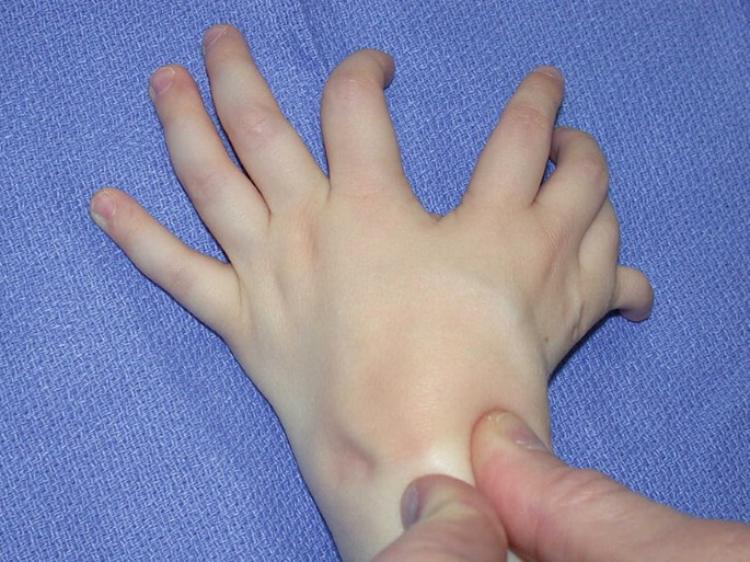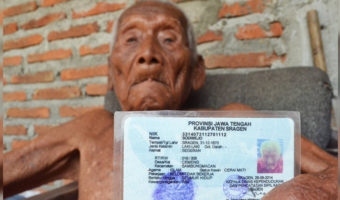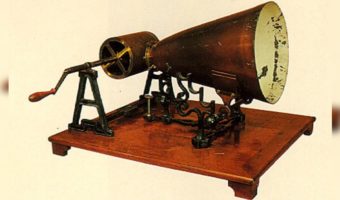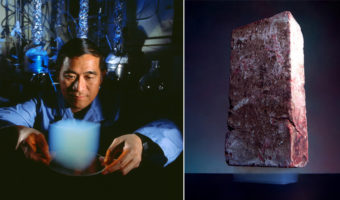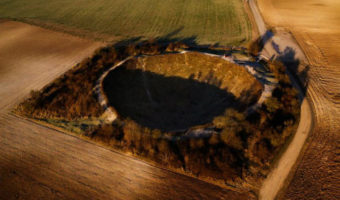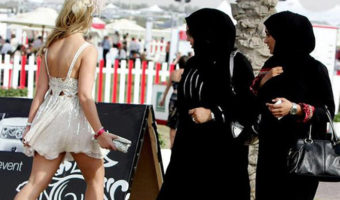“Mirror Hand,” the Rare Condition Resulting in Hand Duplication
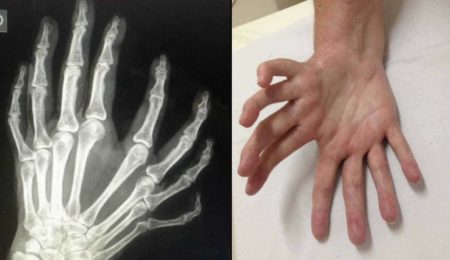
Imagine being born with three to four extra fingers on a hand and no thumb! Yes, all that on just one hand. The condition is called “mirror hand,” or “ulnar dimelia” in medical terminology, and is a rare congenital anomaly of the upper limb. The condition, which can easily feature among the weird, rare genetic conditions of the world, leaves a person with seven or eight digits on one of their hands.
It’s an abnormality so rare that hardly any big pharma giants or researchers have invested their time or money in finding out the exact cause, prevention, or even treatment of the disability. This is partly why the exact cause of this condition is not known yet. However, it is something to do with genetics and is a deformity occurring at a certain stage of development in the womb. According to doctors at Nicklaus Children’s Hospital, Florida, “The genes responsible for positional information during limb development are likely involved.â€
Table of Contents
How rare is this deformity?
Mirror hand syndrome#MedTwitter pic.twitter.com/K920Amcgje
— dr.shubham jirati (@drshubhamjirati) April 23, 2023
Ulnar dimelia is a very rare condition and annually affects less than one in a million children worldwide. Being a condition that causes limited movement of the fingers, the primary concern is always making the hand as functional as possible. The condition can result in limited movement in the entire limb, starting from fingers, forearm, and hand. It can also result in differences in the forearm and elbow.
However, for the parents of a child born with a mirror hand, aesthetic concerns also lead to anxiety and difficulty accepting the situation. But the challenge remains to prepare the parents first and, later on, the child. Dr. Charles Goldfarb, an M.D. at Shriners Children’s in St Louis, Missouri, observes a common thread among parents of any child born with a congenital difference. That is having to part with the notion of a “perfect” child. This is why, he says, acceptability must come first, and counseling is a small part of preparing them. Once they’ve accepted the reality, it becomes easier to focus on the functionality of the hand.
What do scientists say about this condition?
Diagnosed either at birth or as the result of an ultrasound many weeks before the birth, mirror hand can be treated with surgery. However, the surgeries conducted in such cases are usually to improve the hand’s functionality and alter the appearance as much as possible. In a few rare instances, the hand has also been restored to normal.

In one such case documented by the US National Library of Medicine, a two-month-old infant was brought to the doctors for extra digits on her hands. Doctors amputated some of her fingers, and a few more surgeries later, she had a normal number of fingers on her hand. Do people get eeked out when spotting a mirror hand? Can a person with a mirror hand lead a “normal’ life”? According to scientists, there are no definitive or easy answers to these questions since every child is affected differently. While some are simply born with extra digits and only a little dysfunctionality, others might be completely lacking in elbow or forearm motion. Dr. Goldfarb highlights yet another common trait among children with mirror hands, which is that almost all of them have the wrist in a flexed or bent position. He also says that since the hands are very different in each case, the treatment must factor in things like how well the fingers function and the scope for improvement.
There is a medical case of a girl who called her mirror hand a “dinosaur claw.”
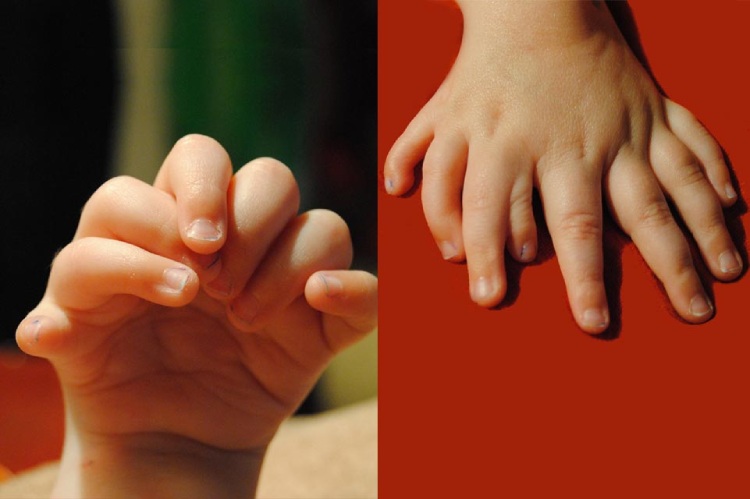
Born with a deformity of the upper limb but not without a sense of humor, Illinois girl Owyn is a sixth-grade student who turned her “uniqueness” into a strength. Her condition was noticed by the nurse when Owyn unclenched her hand just after birth. Born with four extra fingers on her left hand and no thumb, she underwent surgery for amputation and pollicization at 14 months. At the age of two, she had another surgery to straighten her wrist. Throughout their approach to Owyn’s treatment, her parents preferred functionality over aesthetics. Today, she loves her uniqueness and calls her left hand a “dinosaur claw.” Also a Patient Ambassador for Shriners Children’s St Louis, Owyn now shares her confidence and hope with others around her and loves acrobatics, basketball, and soccer. And don’t forget, she equally loves her “dinosaur claw” as well.














